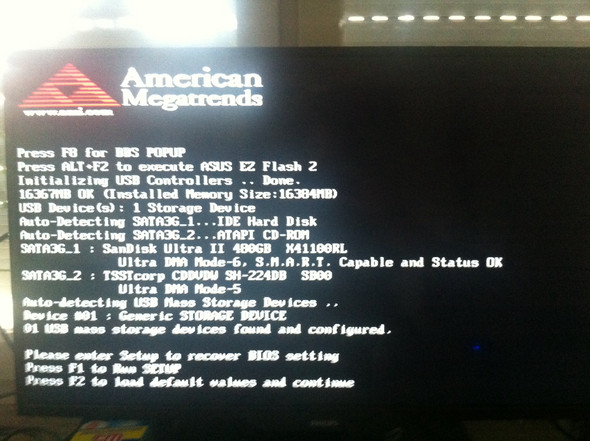
- AMERICAN MEGATRENDS BIOS UPDATE P1.60 HOW TO
- AMERICAN MEGATRENDS BIOS UPDATE P1.60 INSTALL
- AMERICAN MEGATRENDS BIOS UPDATE P1.60 UPDATE
Look for the term “flash” - MSI uses M-flash, ASUS uses EZ Flash, while Gigabyte uses Q-Flash.
AMERICAN MEGATRENDS BIOS UPDATE P1.60 UPDATE
Now that you’ve gotten into the BIOS, go to tools and look for the BIOS update option. When your computer restarts, continuously hit the BIOS key (usually delete or F8) to enter the BIOS. After that, just copy the data to a flash drive, insert it into one of the USB ports, and restart the computer. The files you download are usually wrapped, so all you have to do is right-click on them and extract the contents. In this situation, all you have to do is double-check that you’ve obtained the proper BIOS version from your motherboard’s manufacturer’s website. The ability to conduct a BIOS/UEFI upgrade (Tools -EZ Flash/M-flash/Q-flash) is available in all later BIOS versions.

This is the method we suggest since it is more secure and is not as tough as it seems. The first method of updating your BIOS is via BIOS. BIOS BIOS BIOS BIOS BIOS BIOS BIOS BIOS BIOS BIOS BIOS BIOS
AMERICAN MEGATRENDS BIOS UPDATE P1.60 HOW TO
Now that we know why you should update your BIOS and where to get it, let’s look at how to update your BIOS in your computer. If something isn’t broken, don’t repair it. Why? For starters, if you make a mistake during the upgrading process, it may create additional issues, and there’s no need to upgrade your BIOS simply because a newer version is available. If your PC is operating well and you have no plans to replace any of your components very soon, don’t bother with the BIOS update. They’re easy to locate on the official product website – search for a support section and look for BIOS/Firmware:
:max_bytes(150000):strip_icc()/boot-options-cd-first-599596b1845b340010bd4a99.png)
On the websites of the manufacturers, newer versions of BIOS are often released.
AMERICAN MEGATRENDS BIOS UPDATE P1.60 INSTALL
It must also have suitable software to ensure a smooth ride, which means you will need to install a BIOS version that is compatible with your new CPU.Ī BIOS update is performed to guarantee compatibility with newer hardware, as well as to fix software bugs and add new features and functions.

New CPUs (and, for that matter, other components) often need the installation of a newer BIOS version.Įven if you choose a CPU with the correct socket for your motherboard, it isn’t always guaranteed to be completely compatible. When a normal PC user is going to (or has already) bought a new component for their rig, such as a new CPU, and they start encountering stability problems, they will frequently search up how to update BIOS/UEFI.


 0 kommentar(er)
0 kommentar(er)
